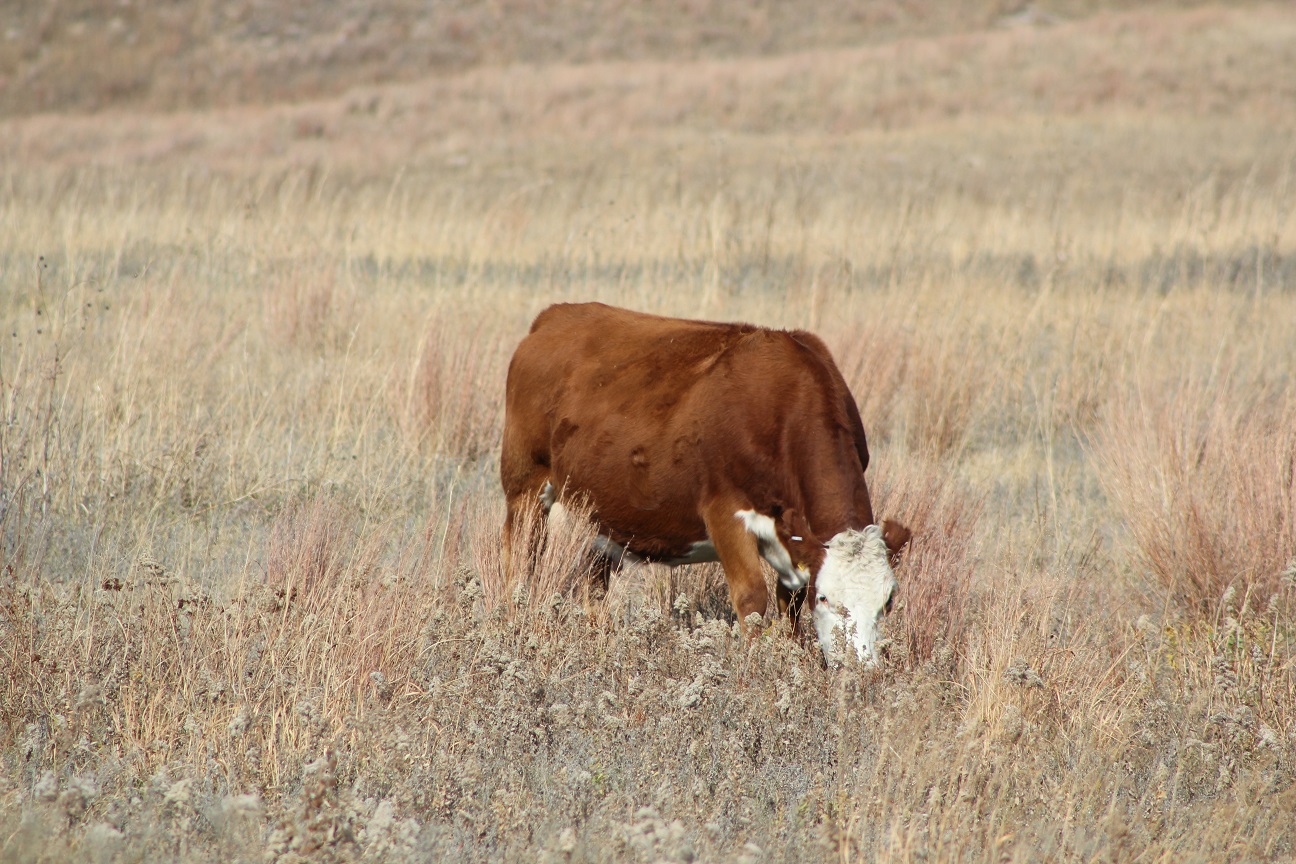
By Travis Mulliniks, Nebraska Extension Beef Specialist
As the newest beef extension specialist for the University of Nebraska located at the West Central Research and Extension Center in North Platte, I figured this would be a great opportunity to write a quick introduction of myself and short research summary of a previous winter nutritional research of mine. I earned a Bachelor of Science degree from Oklahoma State University in Animal Science with a focus in Animal Production in 2006. My interests in Range Nutrition led me to New Mexico State University where I earned a Master of Science degree in Animal Science in 2008 and a Ph.D. in 2012. The emphasis of my master’s graduate studies was primarily based on improving reproduction in young range cows with strategic supplementation while maintaining or decreasing supplemental nutrients, delivery and labor costs. My Ph.D. research was focused on nutritional and metabolic factors influencing reproductive efficiency of grazing beef cattle. In 2012, I joined the Department of Animal Science at the University of Tennessee as a Beef Cow Nutritionist where I had a 100% research appointment located at the Plateau Research and Education Center in Crossville, TN. My current research objectives consist of developing an applied cow-calf research program that emphasize elucidating the adaptive mechanisms that promote resiliency and metabolic flexibility in grazing range beef cows for improving production efficiency.
As for the research and as we progress into the fall and winter months, forage quality in dormant upland pastures will be low while nutrient requirements of spring-calving range cows will increase. To achieve optimal use of the range and meet the gestating cow’s nutritional requirements, often it is necessary to provide supplemental nutrients. Typically, feed byproducts, which are high in protein, are commonly used as economical supplements in gestating cows grazing low-quality range.
In a 4 year study, late gestation range cows received either: (1) 1.5 lb per head per day of a 36% crude protein (CP) cottonseed meal-based supplement, (2) a self-fed supplement comprising of 50% animal protein sources (porcine blood meal and feather meal) and 50% trace mineral package with an intake of 0.5 lb per head per day, or (3) variable supplementation of the 36% CP supplement during acute environmental stress periods. Cows were fed their winter supplementation treatments for approximately 60 days prior to calving. After weaning the following year, steers were preconditioned and then fed in a commercial feedlot.
Both the handfed, 36% CP supplement and the self-fed supplement were effective at maintaining cow body weight and BCS during late gestation. Whereas, cows fed only during acute environmental stress lost ~30 lb during late gestation. Overall, pregnancy rates were unaffected by late gestation treatments with rates at 94 – 95%.
Overall steer feedlot performance was not influenced by dam’s late gestation supplemental treatments. However, steers born of dams that were fed the high rumen undegradable, self-fed protein supplement did have decreased percentage treated for sickness.
This study does indicate that calves born from dams provided a high rumen undegradable protein supplement in the self-fed supplement during late gestation were treated less for sickness and had decreased feedlot costs. This implies that type and quality of CP rather than the amount fed in range prepartum supplements may be more important in having a positive effect on offspring health and performance.
J. T. Mulliniks, J. E. Sawyer, C. P. Mathis, S. H. Cox, and M. K. Petersen. 2012. Winter protein management during late gestation alters range cow and steer progeny performance. Journal of Animal Science. 90:5099–5106. http://go.unl.edu/ysou
To listen to BeefWatch podcasts go to: https://itunes.apple.com/us/podcast/unl-beefwatch/id964198047 or paste http://feeds.feedburner.com/unlbeefwatch into your podcast app.